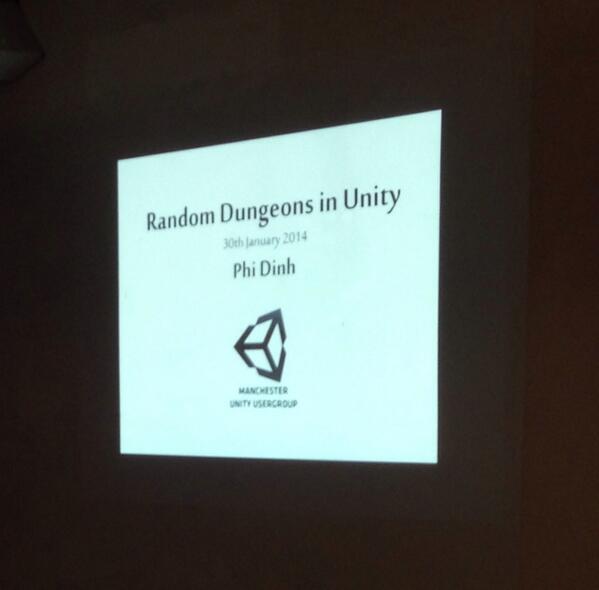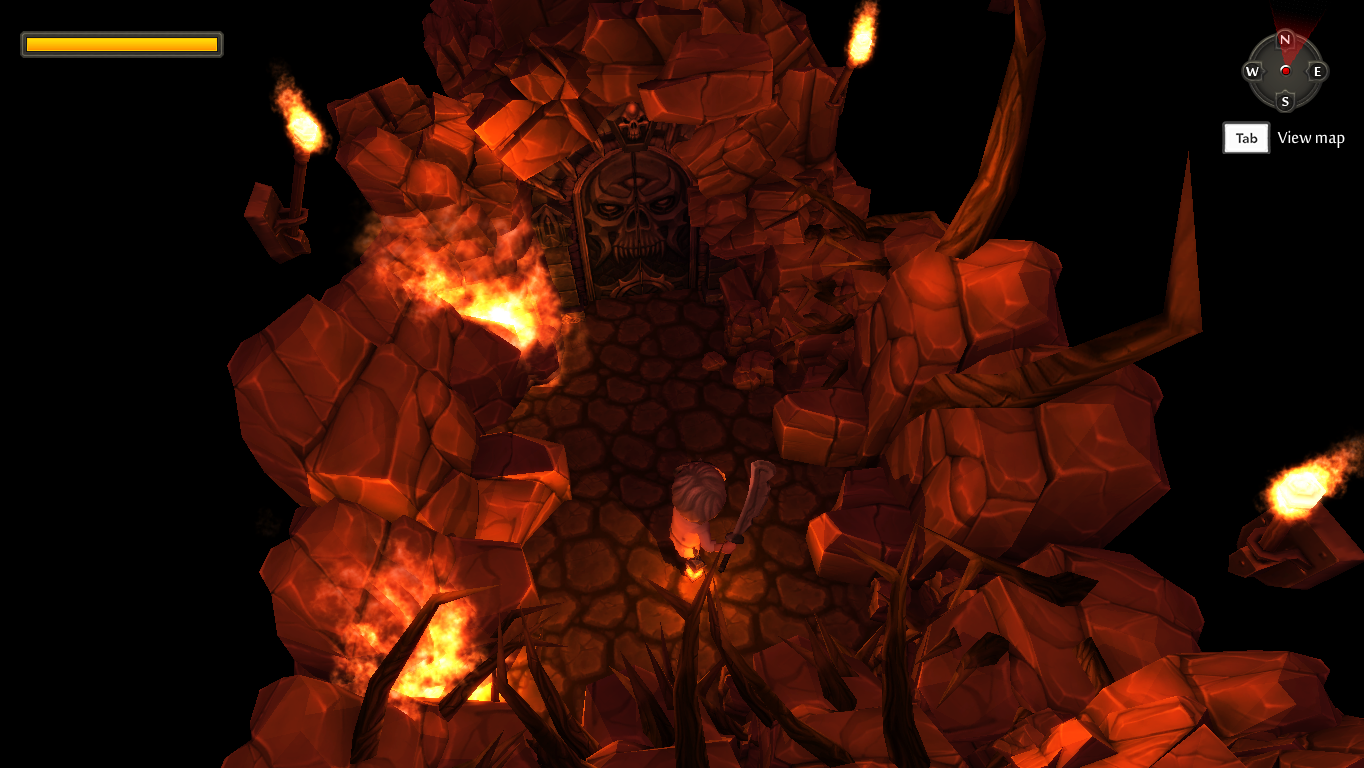
Solid Hook: this doesn’t have to be perfect, but I want something to hook me into reading it in the first few paragraphs. While I understand the profit motive here and don't condemn it, I feel that it's contrary to the goal of making the best maps for your adventure.ġ. An adventure writer should make good maps, tiles be damned, but I've seen a lot of things that imply that making your maps from the published tile sets improves your chance of selling an adventure to WotC. I hate the overreliance on dungeon tiles. This, again, is aimed squarely at the 4e WotC modules. Having everything in one spot is good and with talented writing and editing can be great.Įditing- things like rooms that are referenced by different numbers than they are on the map tactical references to powers and abilities that the bad guy doesn't have (hi there Kalarel!), things like that.

I used to think it was ok, and it is ok, but it's only ok. Delve format, with your information on one locale split across two booklets or two sections of a book, I'm looking at you. Once you hit Trollhaunt Warrens you start to get much better adventures, with better villains that you have a chance to interact with before the showdown. I'm calling out the 4e module line again here, at least the H modules. I'm talking stuff like the mirror being excavated in Keep on the Shadowfell- it doesn't have any effect on the game one way or another, yet it pretends to. Contrast with Hidden Shrine of Tamoachan.Ĭontrived crap. Lack of creativity, overreliance on cliches, etc. I've done a simple dungeon delve a bazillion times before a module that focuses on a dungeon better be creative. Contrast with those modules which seem set up with no consequences for failure. The assumption is that they will succeed unless stopped. Check out Red Hand of Doom, Return to the Tomb of Horrors or Dead Gods. Ravenloft is one of the great classics for a host of reasons, but the creepy exploration of the castle is one of them.īad guys with agendas, that aren't there just to die on the swords of the pcs. Compare to the original Ravenloft- lots of areas to explore, with clues, tricks and just plain empty space. Look at the 4e modules- every room is full. Contrast with some of the early "random monster in every room" dungeons that are just an excuse for a zoo, with no thought given to an ecology.Įmpty space. They each have a theme, they have internal logic and consistency. The crashed spaceship in S3, the Tomb of Horrors, the Desert of Desolation, the Trollhaunt Warrens and their Feywild mirror- these are cool places, with cool names. Good: Burnt Offerings, Grey Citadel, Crypt of the EverflameĪvg: 3e Ravenloft hardback, Forge of FuryĬool locations. Great: original Ravenloft, Escape from Old Korvosa

So what makes or breaks a module in your view? Plot, presentation, stat-block accuracy, Delve format, etc.? In the 3e Ravenloft hardback, I felt it made for a complicated mess. I don't think the Delve format revolutionized anything. I don't care if all of the NPC and monster stats are collected in an Appendix or dispersed throughout the module. You know what I care very little about? Formatting. When an adventure has all 3 in equal measure, I'm a happy GM. That 3rd pillar is often the weakest - but when it's as strong as the first pillars (as with Paizo's production values), they elevate the whole package. When I look through the modules I like/love, the following have to be there: interesting NPCs, plot lines & stories that I enjoy reading and that will entice my players to pursue the adventure, & maps & locales are the 3rd pillar. Now, 2 of the pillars of Paizo's business plan are APs and Gamemastery modules. Paizo, building off their tenure on Dungeon, delivering story-driven adventures culminating with the creation of the Adventure Path. Necromancer focused on the more mature 1st Edition un-sanitized topics while Goodman strove to capture the nostalgia of the AD&D module presentation & style. Goodman Games & Necromancer Games went for old-school feel.
Tinykeep level 2 how to#
The recent solicitation for input on how to make things better, while commendable, underscores that a problem - or at least a perceived problem - exists. On the downside, however, 4e's modules have fared far worse in the realm of public opinion - mixed opinions at best deemed inferior at worst. They encouraged 3PPs to do the module writting publication heavy-lifting and by all accounts, it worked as most of the 3e "classics" are viewed to have come from the 3PP community (see below). Towards the end of 3e, we got some super-module hardbacks & an introduction to the Delve format. WotC's approach in 3e was, primarily, a limited run of modules.

The "Apparently, Modules DO sell" thread has been an interesting read and it got me thinking about the status of modules in the industry.


 0 kommentar(er)
0 kommentar(er)
